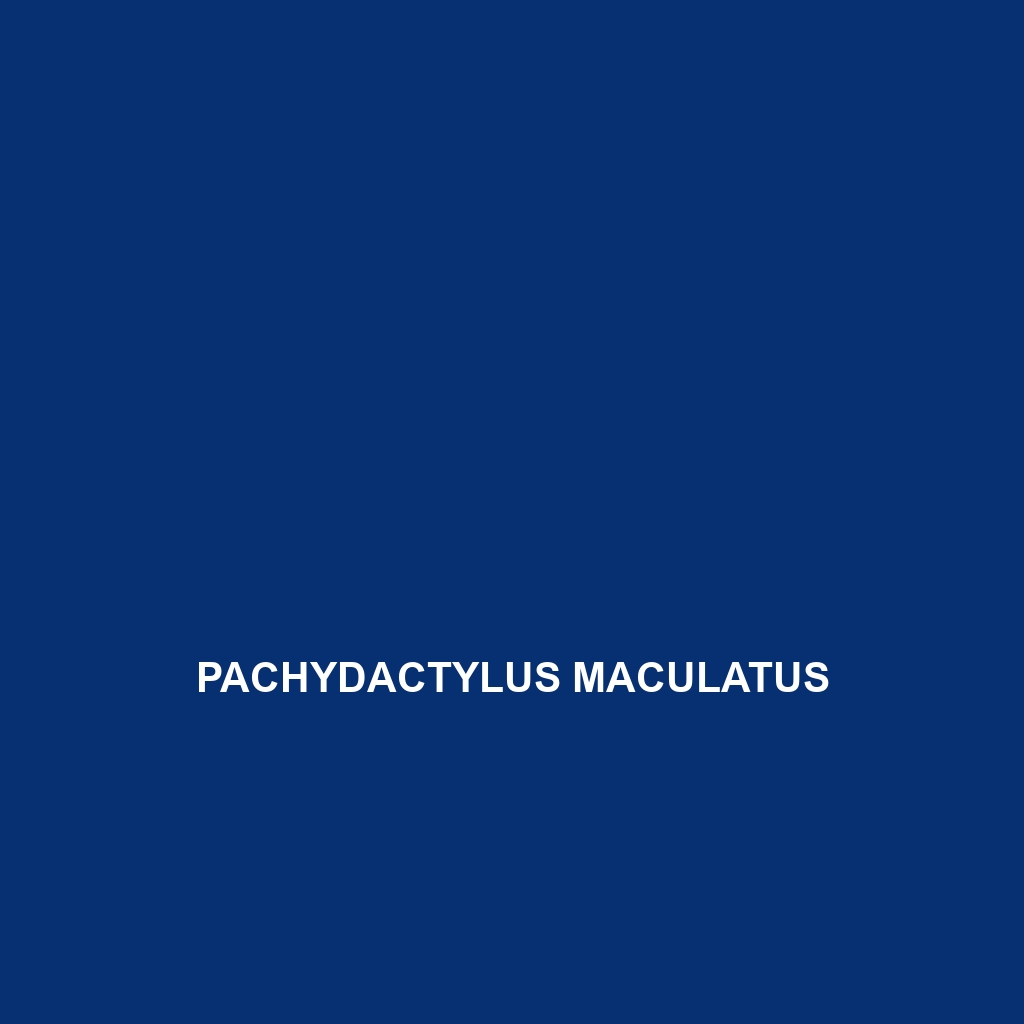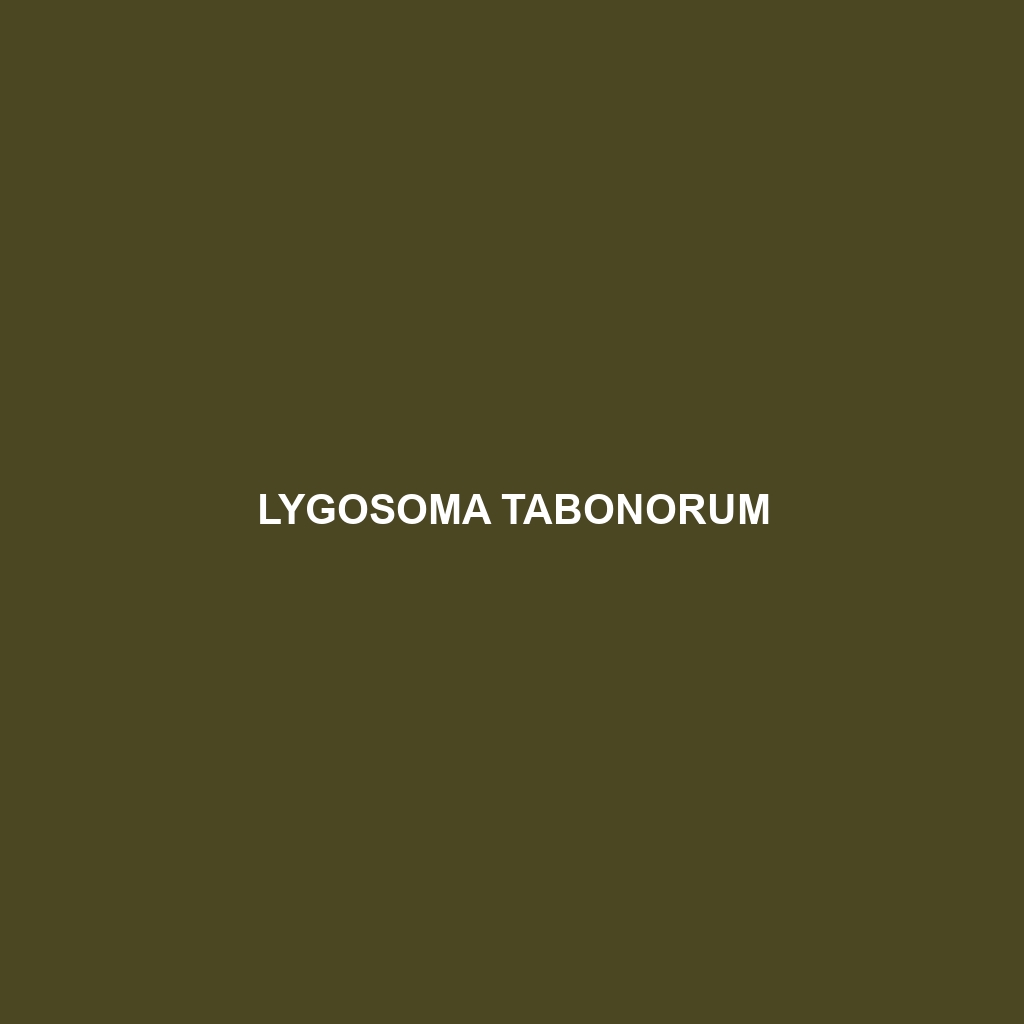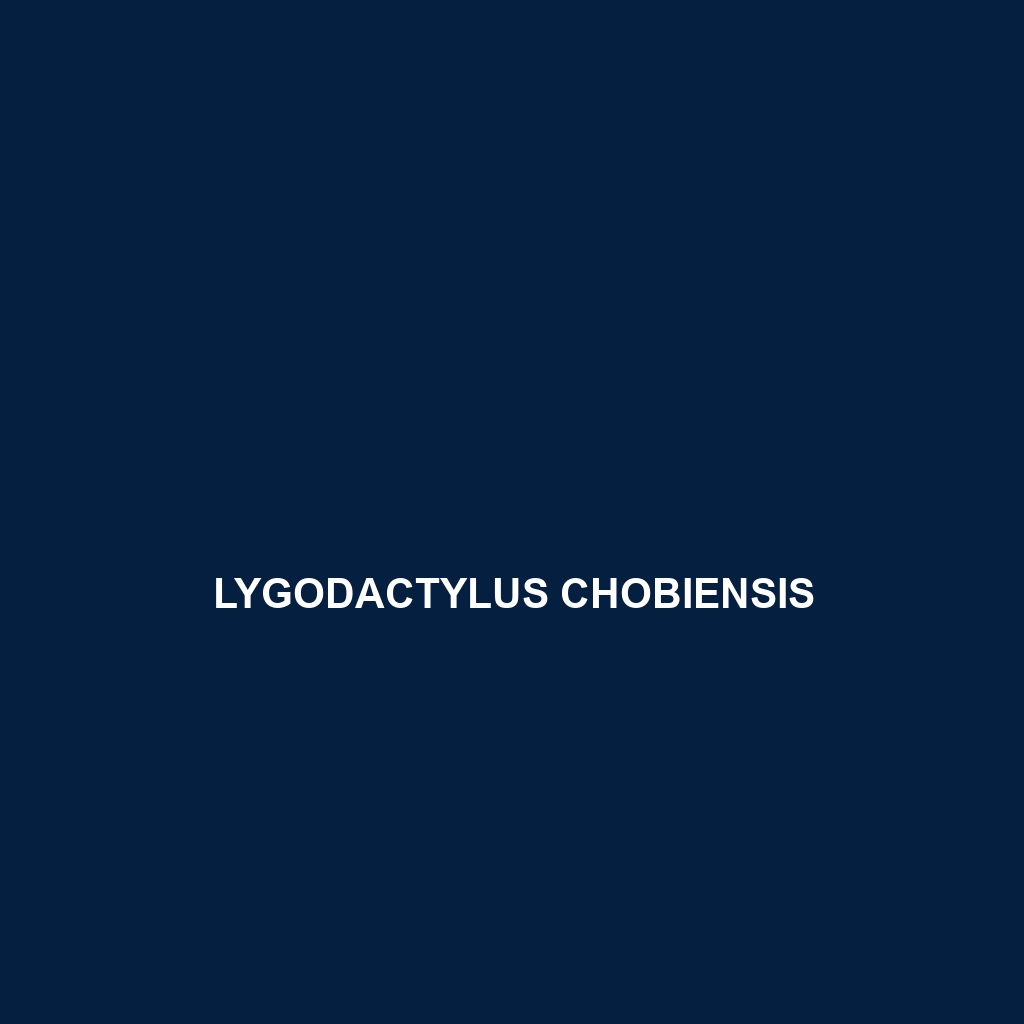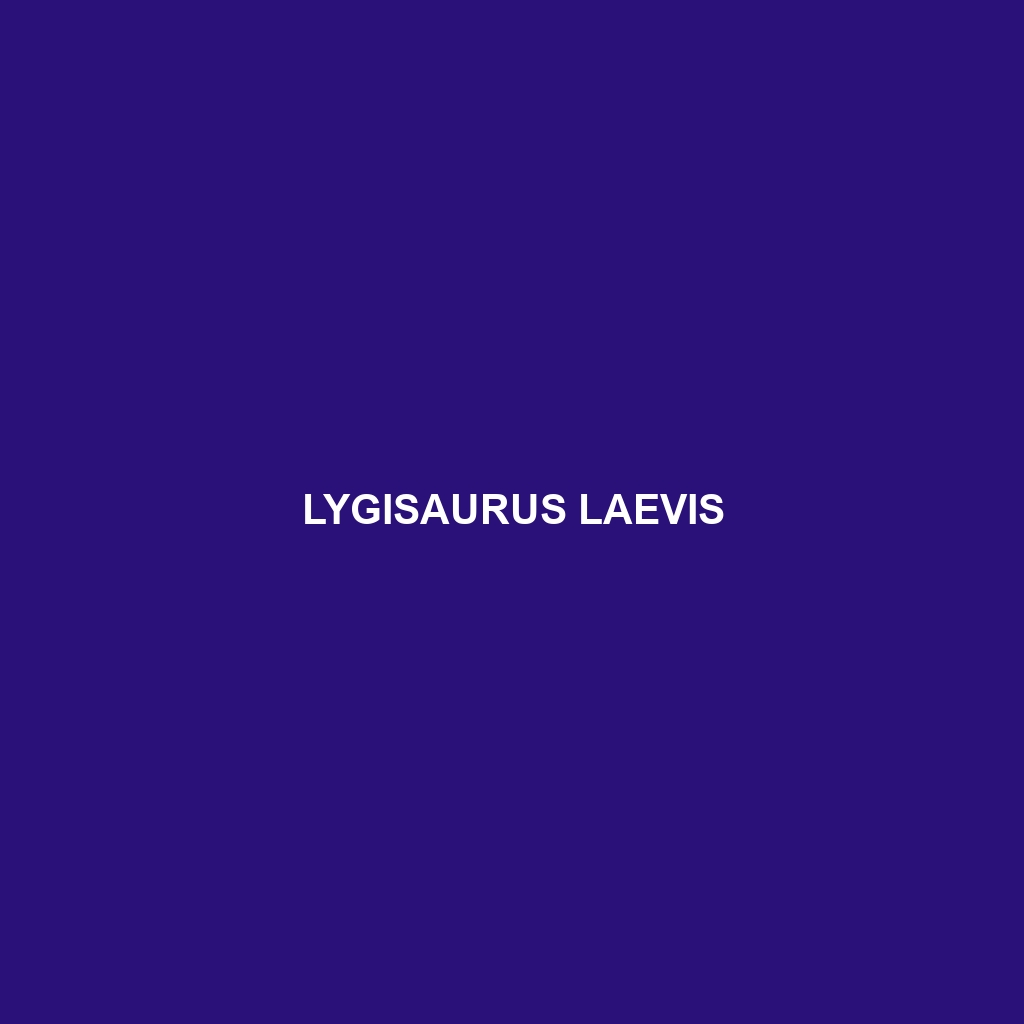Discover the unique <b>Phrynocephalus horvathi</b>, a robust lizard native to the rocky deserts of Central Asia, characterized by its sandy beige coloration, spiny back, and insectivorous diet. Thriving in extreme temperatures and exhibiting fascinating behaviors like camouflage and playing dead, this species plays a vital role in its ecosystem.
Tag: camouflage reptiles
Parvoscincus tikbalangi
<p><b>Parvoscincus tikbalangi</b>, commonly found in tropical rainforests and savannas of Southeast Asia, is a small to medium-sized skink measuring 10-15 cm. This nocturnal insectivore, recognized for its dark green to brown coloration and ability to camouflage, plays a vital role in its ecosystem by regulating insect populations while serving as prey for larger predators.</p>
Pachydactylus maculatus
Discover the Pachydactylus maculatus, or spotted thick-toed gecko, a medium-sized insectivore native to southern Africa's dry savannas and shrublands. With its unique dark-spotted coloration and specialized thick toes, this nocturnal gecko adeptly navigates its environment while playing a vital role in controlling insect populations and contributing to ecological balance.
Pachydactylus caraculicus
<b>Pachydactylus caraculicus</b> is a medium-sized nocturnal gecko native to the arid regions of southern Africa, featuring a striking sandy beige to brown coloration with dark spots for effective camouflage. Primarily insectivorous, this adaptable species thrives in rocky terrains and plays a crucial role in its ecosystem by controlling insect populations.
Mochlus hinkeli
Discover the agile and adaptable Mochlus hinkeli, a small, nocturnal reptile thriving in the rainforests and savannas of central Africa. With a diet primarily consisting of insects and a unique ability to camouflage, this fascinating species plays a vital role in its ecosystem as both predator and prey.
Lygosoma tabonorum
Discover the <b>Lygosoma tabonorum</b>, or Tabon skink, a diurnal insectivorous species thriving in Southeast Asia's humid forests and savannas. With its striking coloration and unique camouflage abilities, this adaptable creature plays a crucial role in its ecosystem as both predator and prey.
Lygodactylus chobiensis
Discover the Chobe gecko (Lygodactylus chobiensis), a vibrant, nocturnal species thriving in the diverse ecosystems of southern Africa, known for its distinctive green and brown coloration, agility, and role in regulating insect populations. This small gecko, measuring 7-10 cm, showcases remarkable social behaviors and fascinating reproductive practices in its natural habitats.
Lygisaurus laevis
<b>Lygisaurus laevis</b> is a small, diurnal lizard native to the rainforests of southeastern Australia, displaying smooth, glossy scales that range in color from brown to green. Primarily insectivorous, these adaptable reptiles are crucial for maintaining ecological balance, serving as both predators of insects and prey for larger species.
Loxopholis hexalepis
<b>Loxopholis hexalepis</b>, or the six-scaled lizard, is a resilient insectivore found in diverse habitats across Central and South America, characterized by its smooth, predominantly green or brown scales and agility in both arboreal and terrestrial environments. Measuring 30 to 50 cm in length, it plays a crucial role in maintaining ecological balance by regulating insect populations and serving as prey for larger predators.
Cyrtopodion gastrophole
Cyrtopodion gastrophole, a vulnerable gecko species native to arid regions of the Middle East and Central Asia, known for its slender body, impressive camouflage, and nocturnal behavior. With a diet primarily consisting of insects, it plays a vital role in maintaining ecological balance within its habitat.









